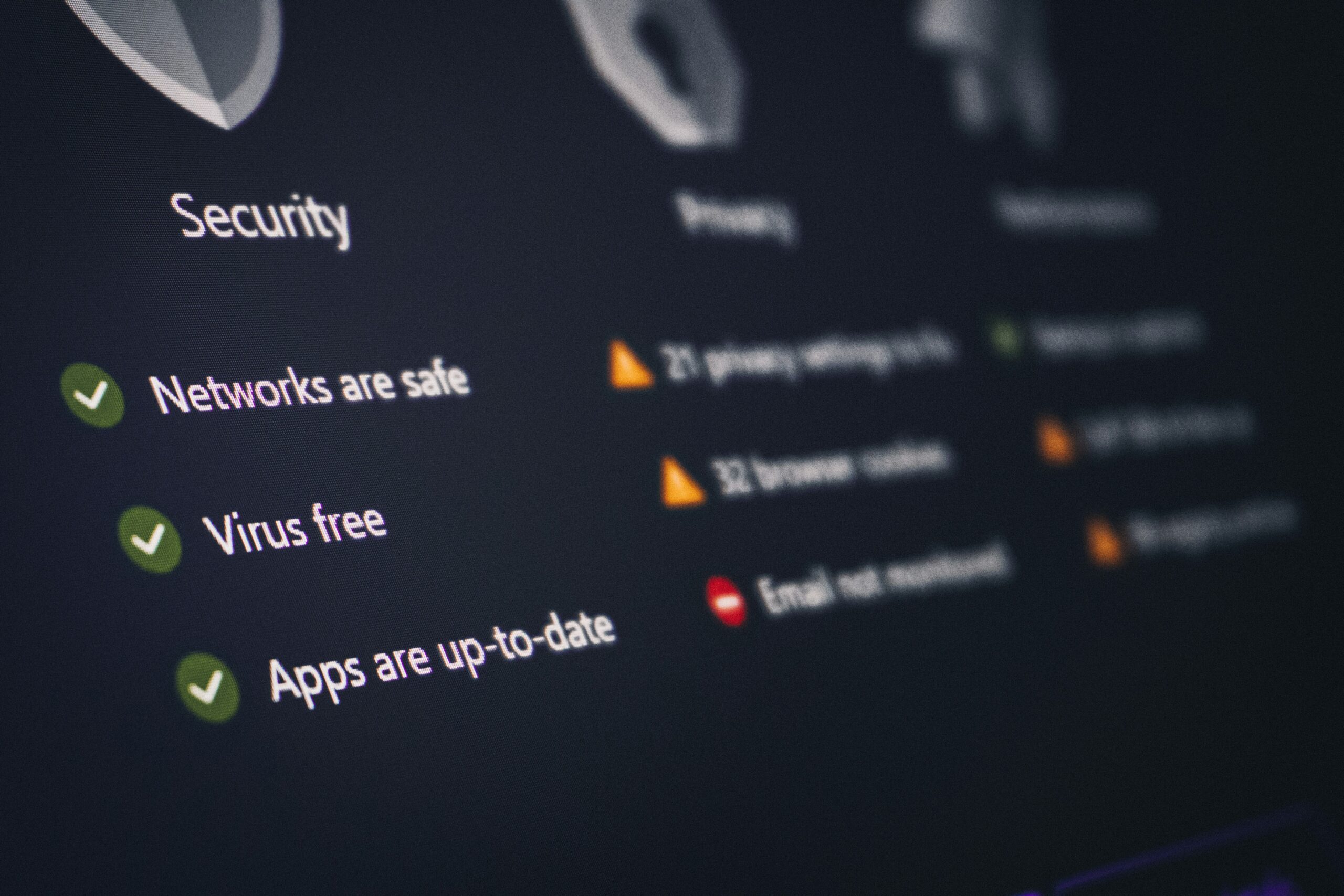Ever had that sinking feeling when a competitor swoops in with a product eerily similar to yours? Yeah, it’s like watching someone eat your lunch right in front of you. In today’s cutthroat business world, patent infringement isn’t just about lawyers; it’s also about safeguarding your financial future—especially if you’ve invested in patent infringement insurance. But here’s the kicker: Without proper monitoring, you’re leaving money on the table (and your IP exposed). This is where IP monitoring tools come into play.
In this article, we’ll dive deep into how these tools protect your assets and complement your credit card and insurance strategies. You’ll learn:
- Why ignoring IP monitoring could cost you big time.
- A step-by-step guide to choosing the best IP monitoring tool.
- Tips for using these tools effectively without losing sleep over technical jargon.
- Real-world examples and answers to burning FAQs.
Table of Contents
- Introduction to IP Monitoring Tools
- Why IP Monitoring Is Crucial for Your Patent Insurance
- Step-by-Step Guide to Choosing the Right Tool
- Best Practices for Using IP Monitoring Tools
- Real-Life Examples of Success Stories
- Frequently Asked Questions About IP Monitoring Tools
Key Takeaways
- Proactive Protection: IP monitoring tools help you stay ahead of potential infringements before they become costly legal battles.
- Savings Galore: By detecting threats early, you save on both legal fees and prevent financial hits covered by patent infringement insurance.
- Ease of Use: Modern tools are designed to integrate seamlessly into your workflow, not add to your stress.
Why IP Monitoring Is Crucial for Your Patent Insurance
I once made the rookie mistake of thinking my patented product was safe because I filed all the paperwork. Spoiler alert: It wasn’t. A year later, I discovered a knockoff version online—and trust me, trying to explain this mess to my insurer wasn’t fun. Sound familiar?
Here’s the deal: Patent infringement can happen faster than you think, and your insurance policy only covers so much. Without IP monitoring tools, you risk:
- Losing market share as competitors copy your ideas.
- Paying hefty deductibles or premiums due to unresolved claims.
- Damaging your brand reputation if consumers confuse fakes for originals.

Figure 1: Global patent infringement trends highlighting growth in digital products.
Step-by-Step Guide to Choosing the Right IP Monitoring Tool
*Optimist You:* “There’s got to be a perfect tool out there!”
*Grumpy You:* “Sure, but half of them will break your budget faster than coffee stains your white shirt.”
Step 1: Identify Your Needs
Start by asking yourself: What type of intellectual property do you want to monitor? Are you focused on patents, trademarks, or copyrights? Define your scope clearly to avoid overspending on unnecessary features.
Step 2: Evaluate Features
Look for tools offering robust functionalities such as automated alerts, global databases, and user-friendly interfaces. Some popular options include:
- Tool X: Great for startups with limited budgets.
- Tool Y: Ideal for large enterprises needing advanced analytics.
Step 3: Check Compatibility
Make sure the tool integrates smoothly with existing systems, especially if you already use software for personal finance management or credit card tracking. Nobody has time for clunky tech!

Best Practices for Using IP Monitoring Tools
You don’t have to become Sherlock Holmes to keep tabs on your IP. Here’s how to make it easy:
Tip 1: Set Up Automated Alerts
Configure notifications to ping you whenever suspicious activity arises. This lets you act quickly instead of scrambling during crises.
Tip 2: Collaborate Across Teams
Your legal team isn’t the only one who should care about IP protection. Loop in marketing and sales teams to ensure everyone stays vigilant.
(Terrible) Tip 3: Ignore False Positives
Rant time! Nothing drives me crazier than hearing people dismiss alerts without reviewing them. Just because something *looks* harmless doesn’t mean it is. Always dig deeper!
Real-Life Examples of Success Stories
A mid-sized tech firm recently avoided a $500K lawsuit by catching an infringer through their IP tool’s alert system. The lesson? Early detection saves dollars—and sanity.

Frequently Asked Questions About IP Monitoring Tools
Q: How much do these tools typically cost?
A: Prices vary widely depending on functionality. Basic plans start at $50/month, while enterprise solutions can exceed $500/month.
Q: Can small businesses afford these tools?
A: Absolutely! Many providers offer scalable pricing models tailored to SMB needs.
Q: Do I need coding skills to use these tools?
A: Nope! Most modern tools are drag-and-drop friendly and require zero programming knowledge.
Wrapping Up
To sum it up, IP monitoring tools aren’t just nice-to-haves—they’re must-haves for anyone serious about protecting their patents and maximizing their insurance investments. Whether you’re knee-deep in credit card rewards hacking or strategizing with insurers, staying informed keeps you miles ahead.
So grab your metaphorical magnifying glass (or click install), and take control of your intellectual property game. Like Pikachu said, gotta catch ‘em all—including those pesky patent thieves.
Like spinning Poké Balls,
Your ideas stay safe,
With great tools in hand—foes retreat.


